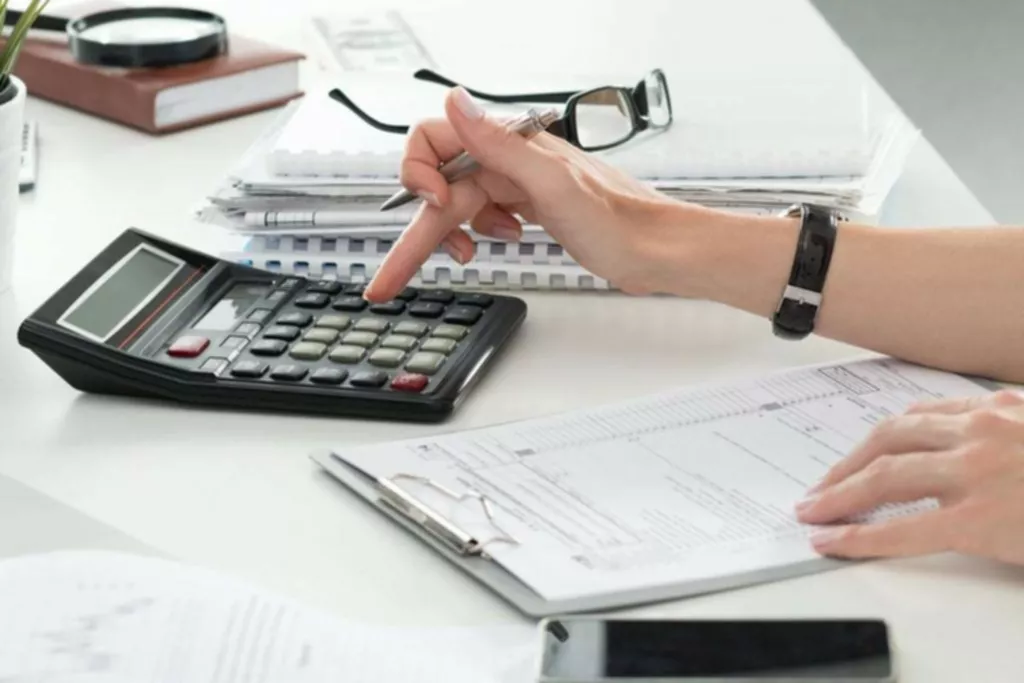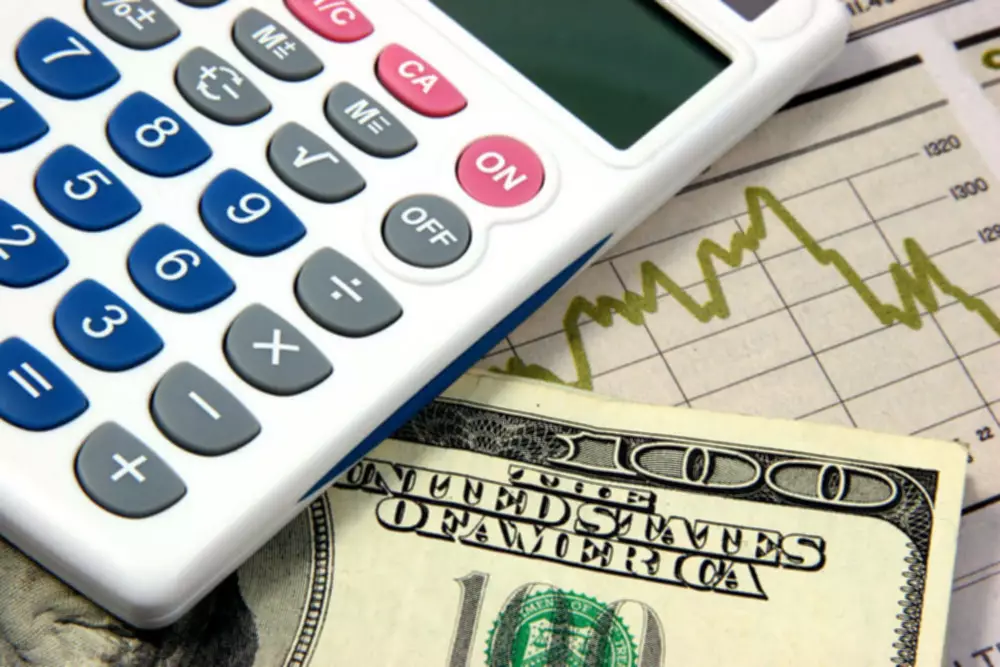Content

One example of using present value is deciding whether a share of stock that pays annual dividends is worth the current price of the stock. Almost any investment relies on comparing the current value of a stream of future income to the cost of the investment. To decide whether to buy the land, the KKR investment team should calculate the present value of the future income, which is $91,000 one year from now, if the land is sold after one year. Considering that the interest rate on bank certificates of deposit is 10%, what does that $91,000 equate to in terms of present value?

He is the sole author of all the materials on AccountingCoach.com. The meaning of the present value is that the cash today is valued more than the same cash in the future. Future value is just one of the variables, and is the major concept of this lesson.
How Do I Calculate Future Value?
Therefore, to evaluate the real worthiness of an amount of money today after a given period of time, economic agents compound the amount of money at a given interest rate. Most actuarial calculations use the risk-free interest rate which corresponds the minimum guaranteed rate provided the bank’s saving account, for example. If one wants to compare their change in purchasing power, then they should use the real interest rate (nominal interest rate minus inflation rate). With simple interest, it is assumed that the interest rate is earned only on the initial investment. With compounded interest, the rate is applied to each period’s cumulative account balance.
The purchasing power of $100 a year ago is not typically equivalent to the purchasing power of $100 now, and that’s not typically equal to the purchasing power of $100 one year from now. This is because of inflation and other economic circumstances that contribute to the value loss of money, like increased uncertainty. There are a couple of things to keep in mind when using the formula.
Why would you want to calculate the future value?
One way to solve problems of this type is to construct tables similar to the one shown above. To explain the concept of the future value of a single amount, let’s start with the table below. With a discount rate of 4 percent, an $1,100 payment in five years would have a present-day value of $904.
When calculating future value of an annuity, understand the timing of when payments are made as this will impact your calculation. If payments https://www.bookstime.com/ are made at the end of a period, it is an ordinary annuity. If payments are made at the beginning of a period, it is an annuity due.
How do you calculate future value?
Simple interest only ever applies to the principal (or any money the investor has proactively added) of the investment. In the case of compound interest, however, the interest applies to a greater and greater amount each period (assuming the investor hasn’t https://www.bookstime.com/articles/future-value-of-an-annuity-definition-and-formula withdrawn money from the investment). Also, Mary has $20,000 in another account that pays an annual interest rate of 11% compounded quarterly. Since Jan 1, 2016, the terms of the agreement have changed, and the compound interest is attributed twice a month.

You might consider the distance you have to drive, the speed at which you’re driving, as well as how many breaks you plan to take along the way. Similarly, investors can estimate the future value of an investment by taking into account various factors. The calculation of future value is based on assumptions, meaning there’s no guarantee you’ll see those returns.
Simple interest
For example, as we noted above, you may be interested in determining what rate of interest must be earned on a $10,000 investment if you want to accumulate $18,000 at the end of 7 years. The value of a current single amount taken to a future date at a specified interest rate is called the future value of a single amount. James Woodruff has been a management consultant to more than 1,000 small businesses.
- Using it, you can calculate the worth of something today when you know its value in the future.
- However, in many circumstances, a risk-free rate of return is used as a proxy for the discount rate.
- $100 today has a present value of $100, but $100 one year from now is worth slightly less, because money loses value over time as prices go up.
- Using future value and other measures can help you make sound financial decisions.
You can also determine the present value of a stream of payments using the present value of an annuity formula. Where
i1 is the periodic interest rate with compounding frequency n1 and
i2 is the periodic interest rate with compounding frequency n2. Take O’Reilly with you and learn anywhere, anytime on your phone and tablet. † To check the rates and terms you qualify for, one or more soft credit pulls will be done by SuperMoney, and/or SuperMoney’s lending partners, that will not affect your credit score.
What is future value?
The calculation of the future value is used for many different accounting functions. The most common use is to understand how much money will be received at a given date because of interest earned on an investment. For example, if you invest $5,000 today in a savings account that pays 2% interest each year compounded annually, then you can calculate the future value of this amount as a projected Cash Flow. Determining the future value of an asset can become complicated, depending on the type of asset. Also, the future value calculation is based on the assumption of a stable growth rate.
- Determining the future value of an asset can become complicated, depending on the type of asset.
- The future value calculation works well for investments that have a fixed return, such as bonds.
- BUT, your bank is currently paying you 6% interest on your savings.
- James has been writing business and finance related topics for work.chron, bizfluent.com, smallbusiness.chron.com and e-commerce websites since 2007.
- Future value is one way to do that — It helps investors figure out what an asset or investment may be worth in the future.
- Future value can also handle negative interest rates to calculate scenarios such as how much $1,000 invested today will be worth if the market loses 5% each of the next two years.
Present value is nothing but how much the future sum of money is worth today. It is one of the important concepts in finance, and it is a basis for stock pricing, bond pricing, financial modeling, banking, insurance, etc. Present value provides an estimated amount to be spent today to have an investment worth a certain amount of money at a specific point. It is an indicator for investors that whatever money they will receive today can earn a return in the future. With the help of present value, method investors calculate the present value of a firm’s expected cash flow to decide whether a stock is worth investing in today.
Let’s discuss the individual components of the present value formula to understand it better. The following section presents different examples related to calculating future values based on simple annual interest rates and compounded annual interest rates. In the future value formula, the interest rate is either denoted using i or r. Essentially, these tables interpret the above mathematical formula for various interest rates and compounding periods for a principal amount of $1.

However, there are limitations to the calculation, and it may not be suitable for use in some cases. Pete Rathburn is a copy editor and fact-checker with expertise in economics and personal finance and over twenty years of experience in the classroom.
Tags: